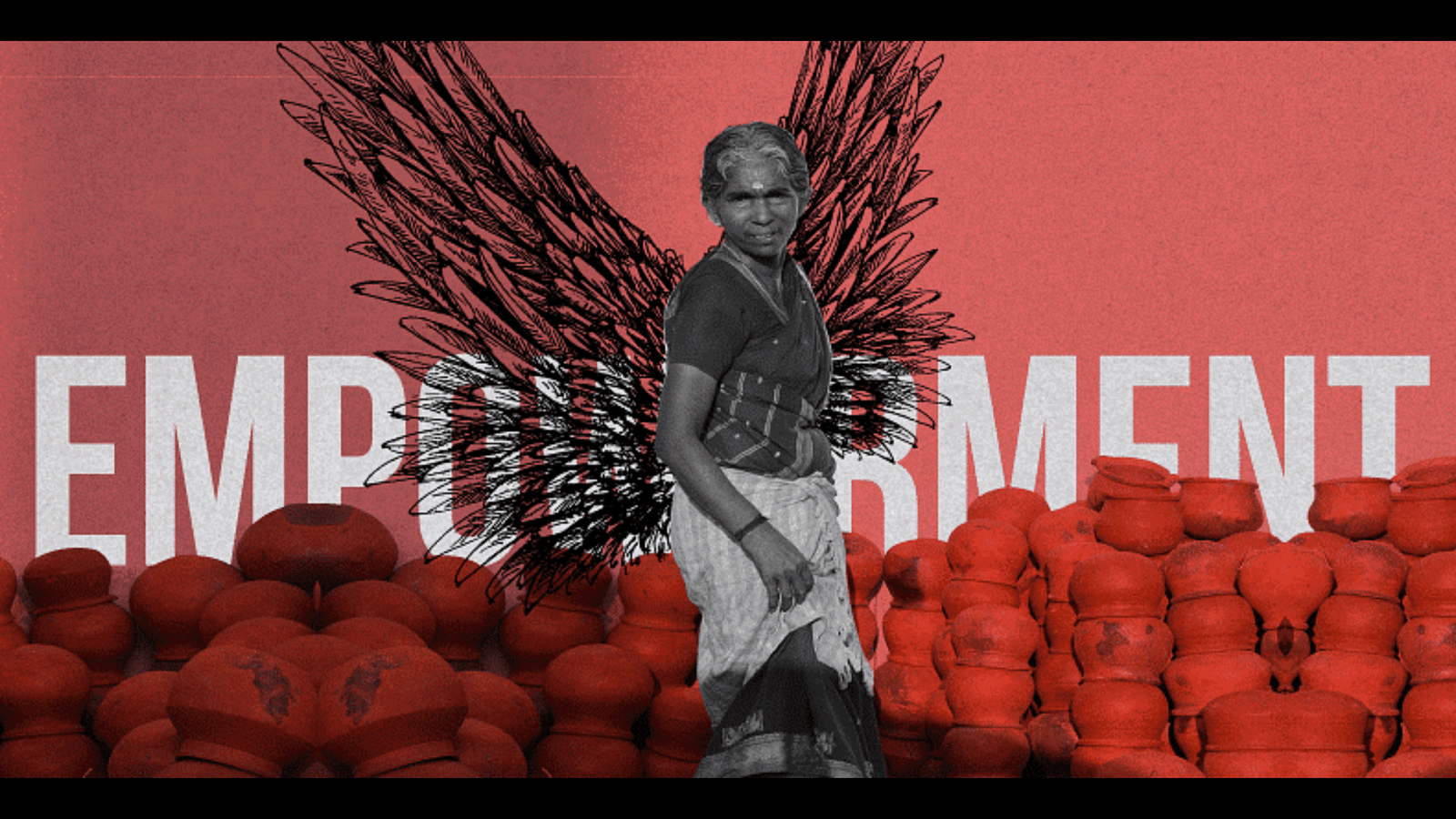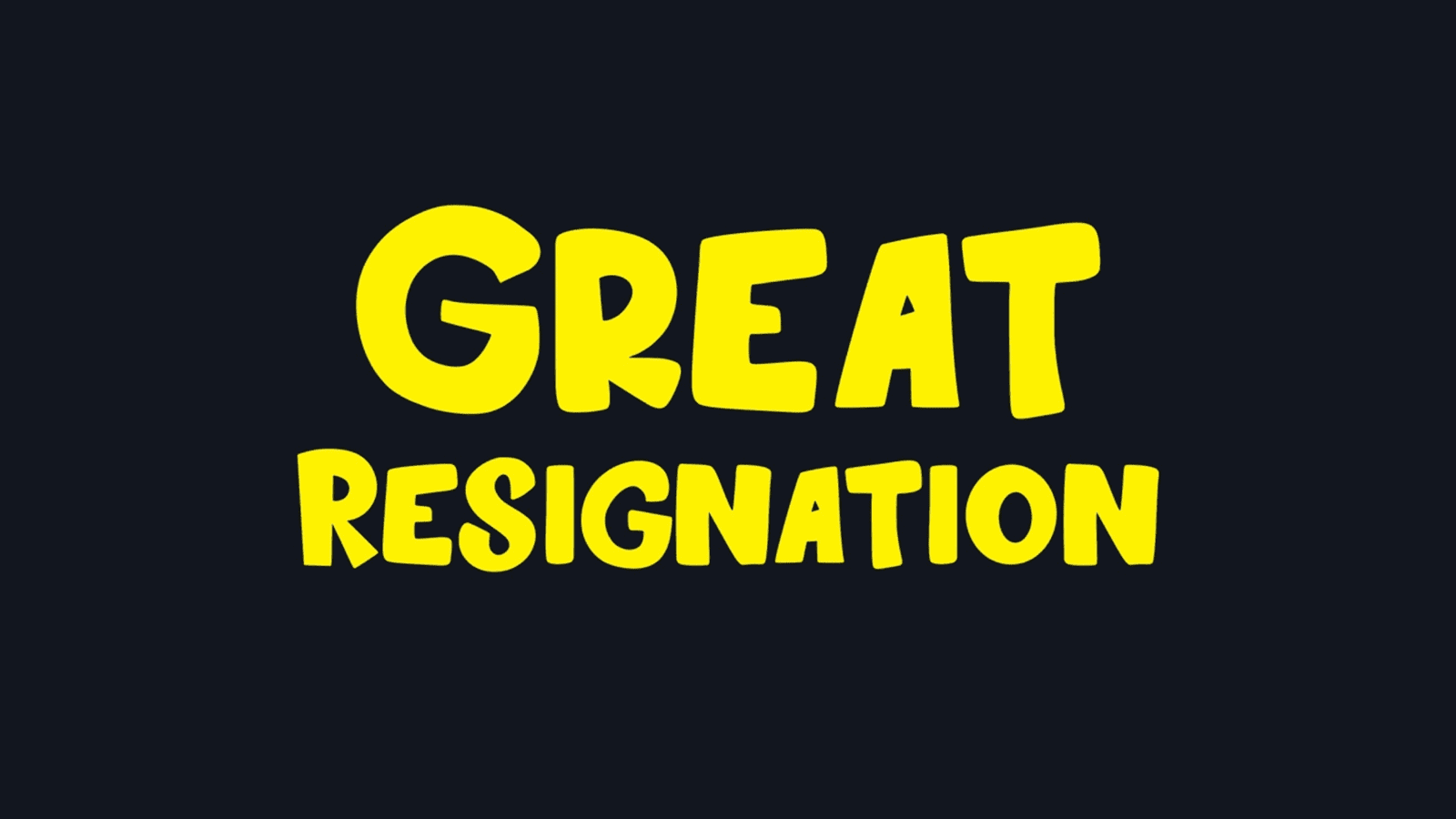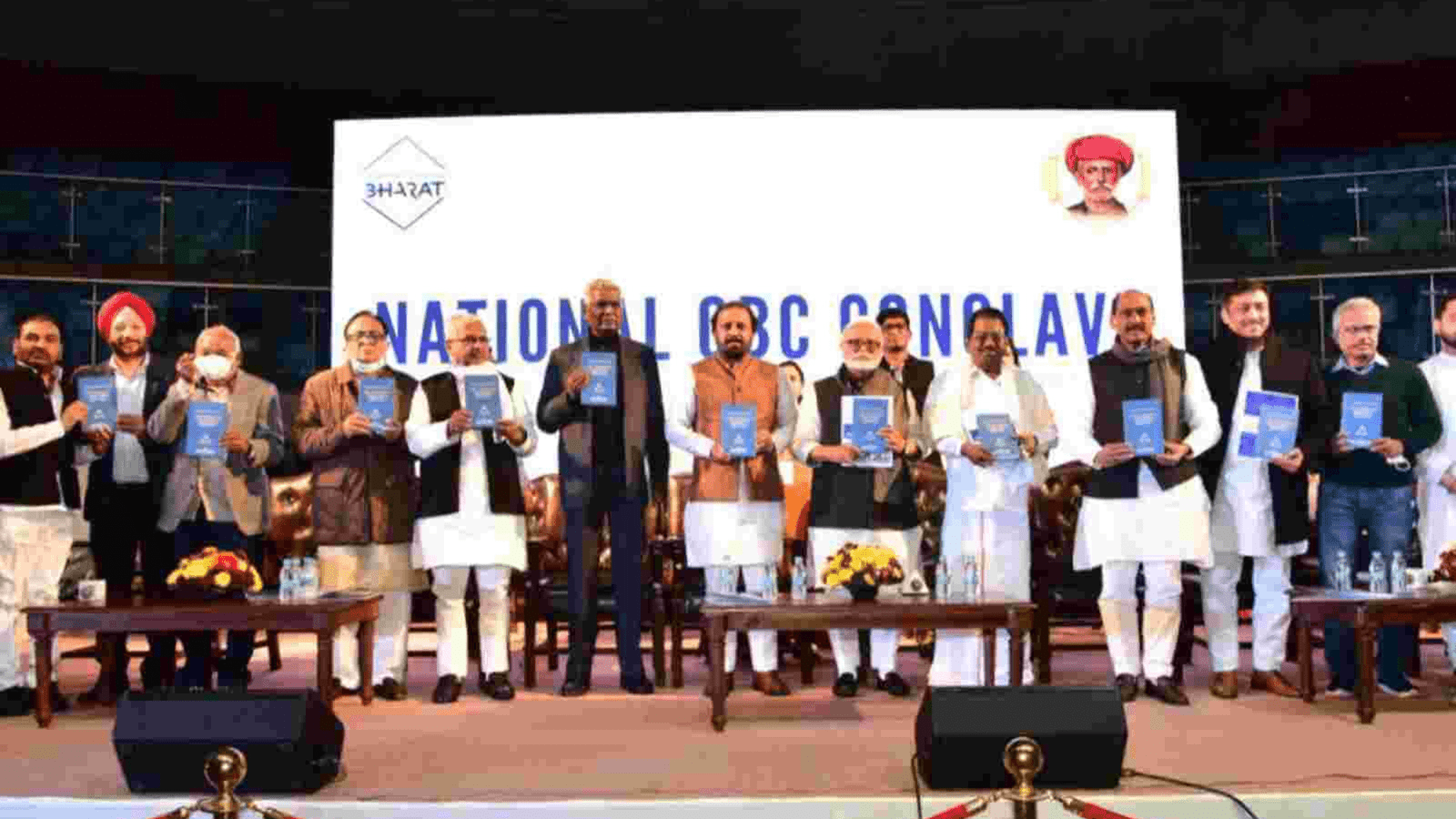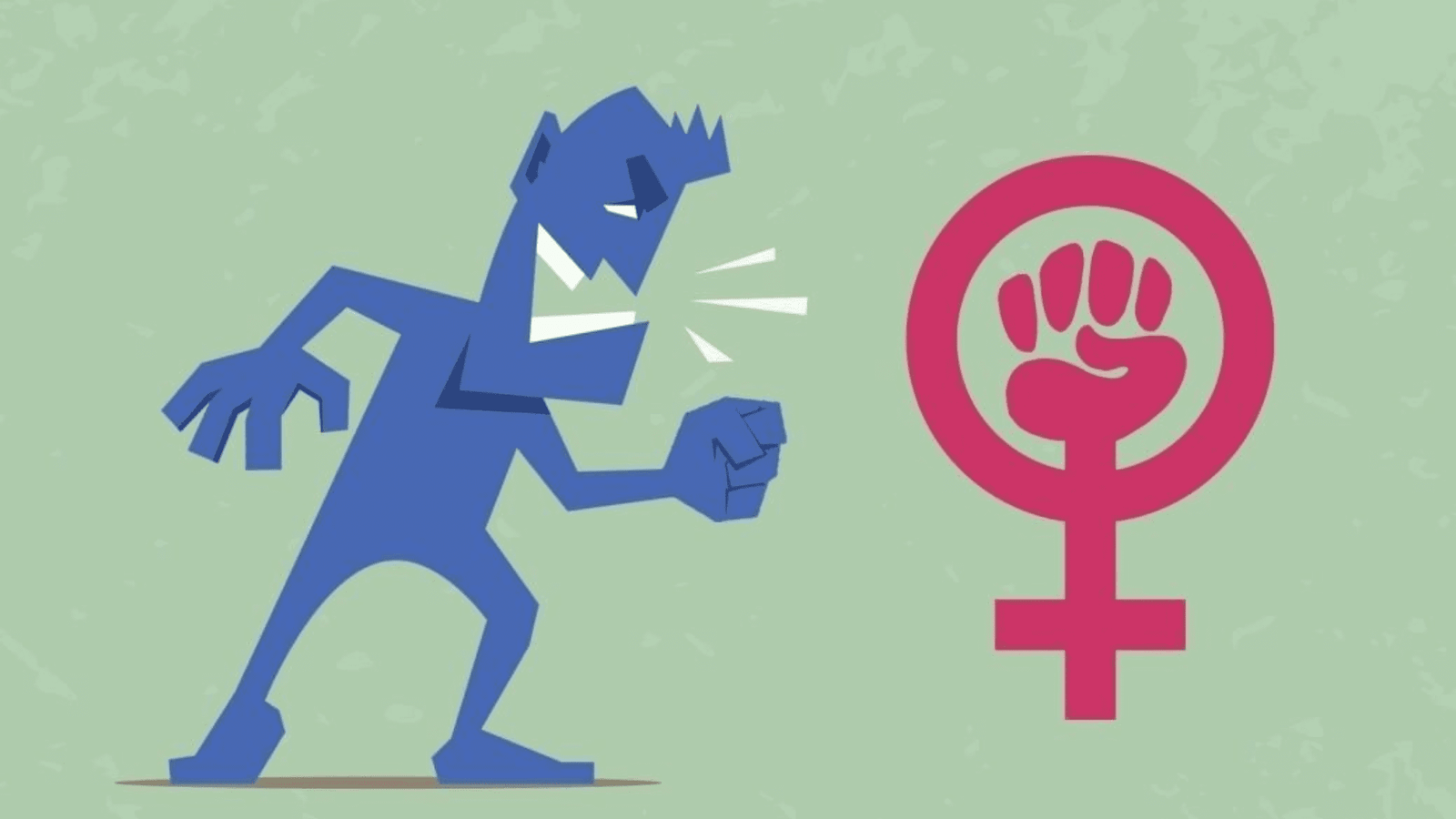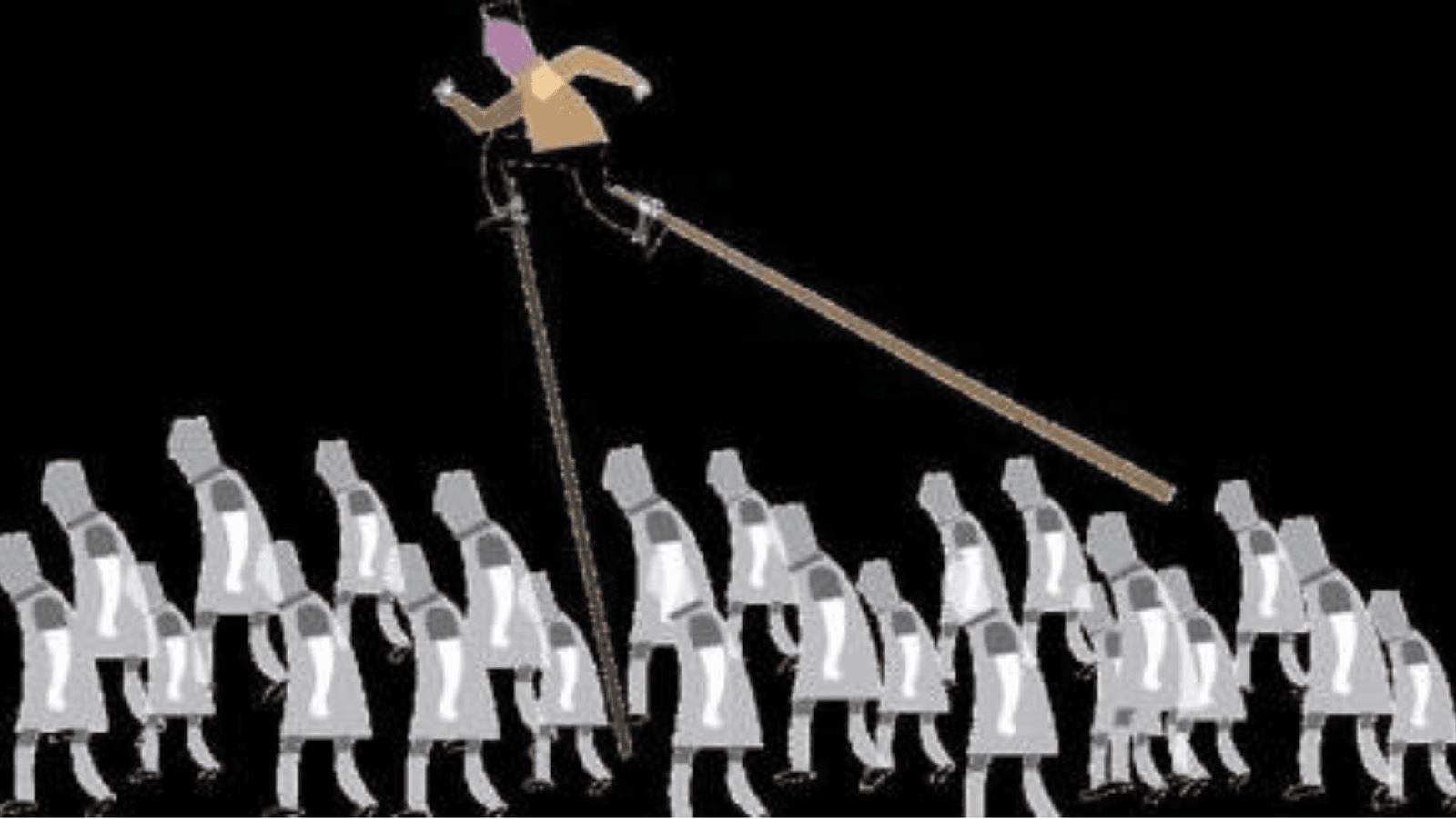
The News:
Sociological analysis:
Three major perspectives of the Sociology of war revolve around:
Structure functionalist:
The Conflict perspective:
The Symbolic Interactionists:
Other important perspectives include the feminist perspective on war.
Feminist perspective:
Feminists denounce war as extension of patriarchal notions to the International arena.
Sjoberg in her book, Gendering Global Conflict, gives a number of causal variables in war decision-making. These include structural gender inequality, state masculine posturing, and the often overlooked role of emotion in political interactions.
Katharine A. M. Wright believes that the absence of women from both Ukrainian and Russian negotiation delegations, or in the gendered silences of just who is seen to fight/be protected in Western media coverage highlights the patriarchy ingrained in the core concept of war.
Kamla Bhasin also believes that wars are often fought on the turfs of women’s bodies. Hence, women suffer and are exploited disproportionately more as compared to men during war times.
